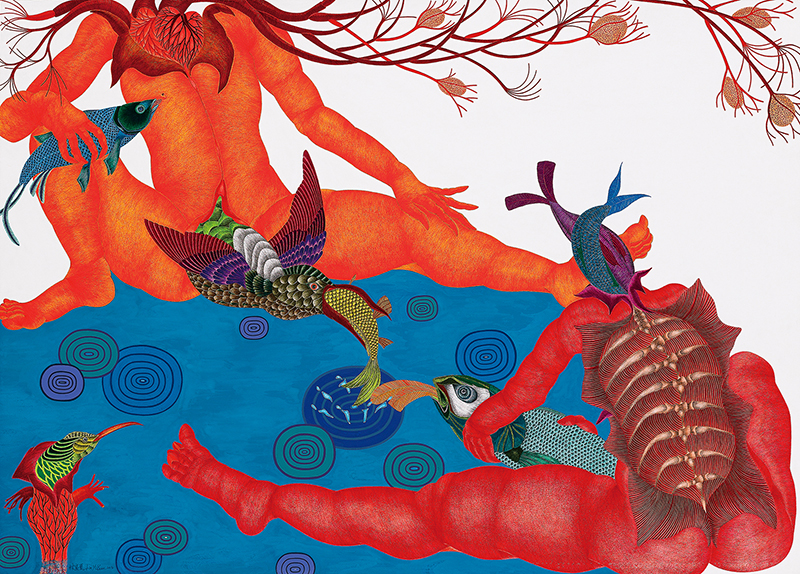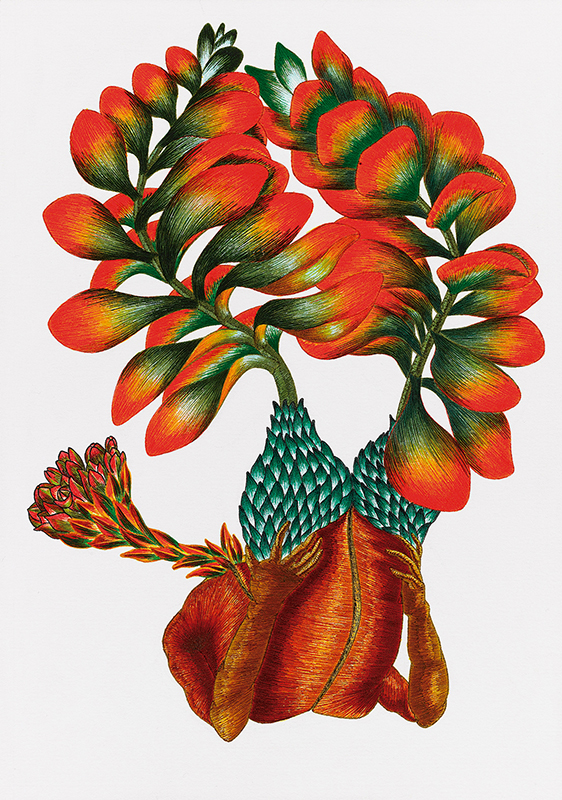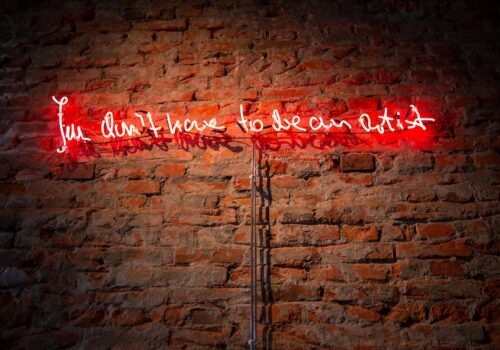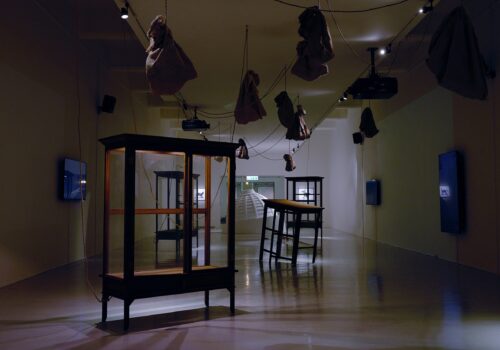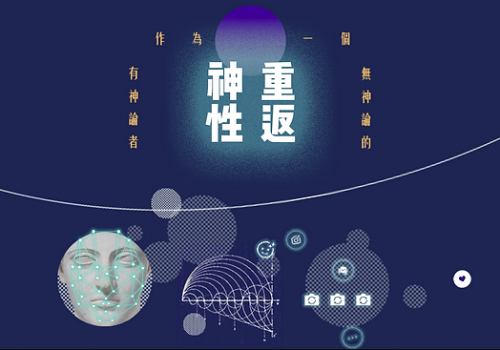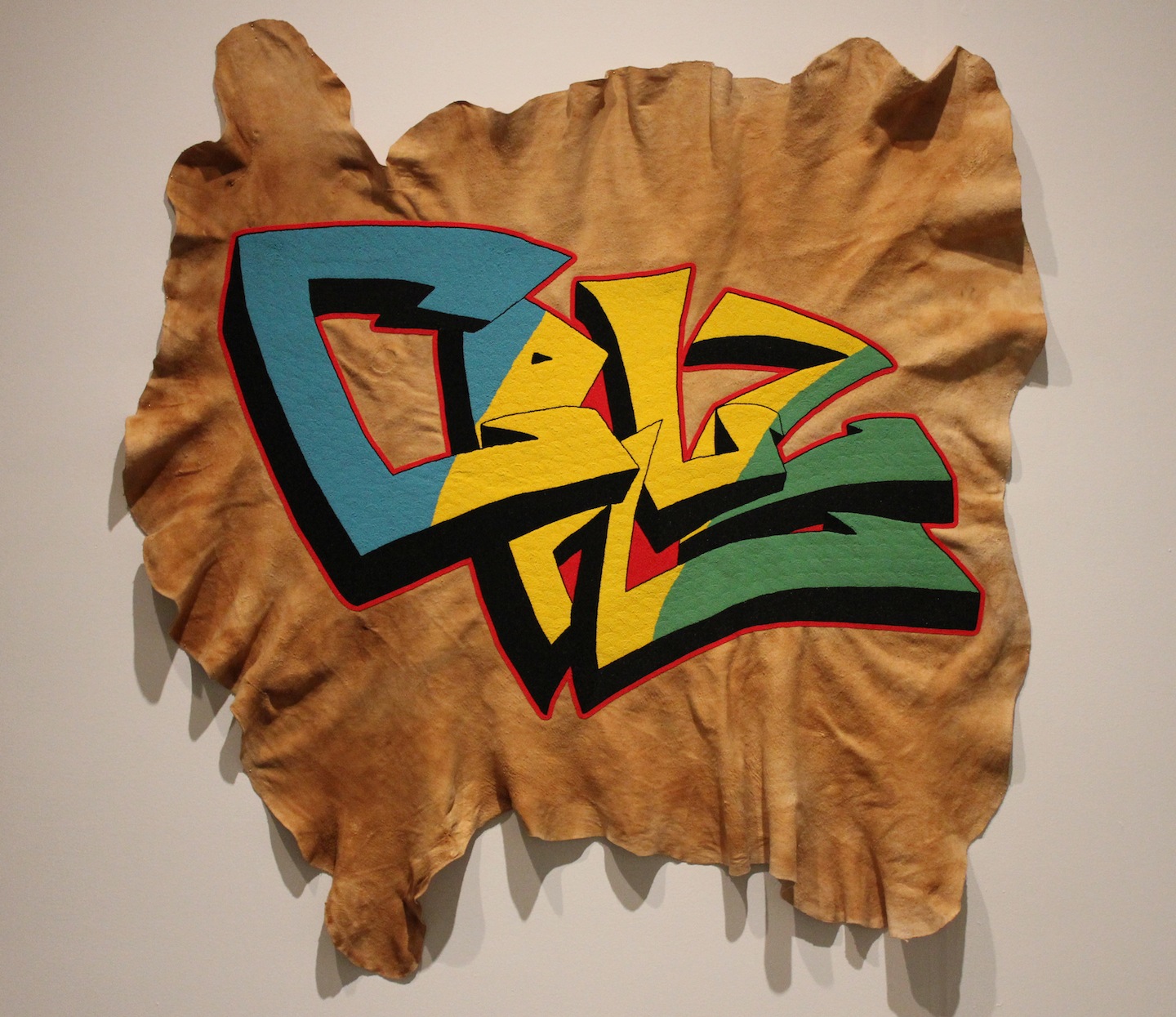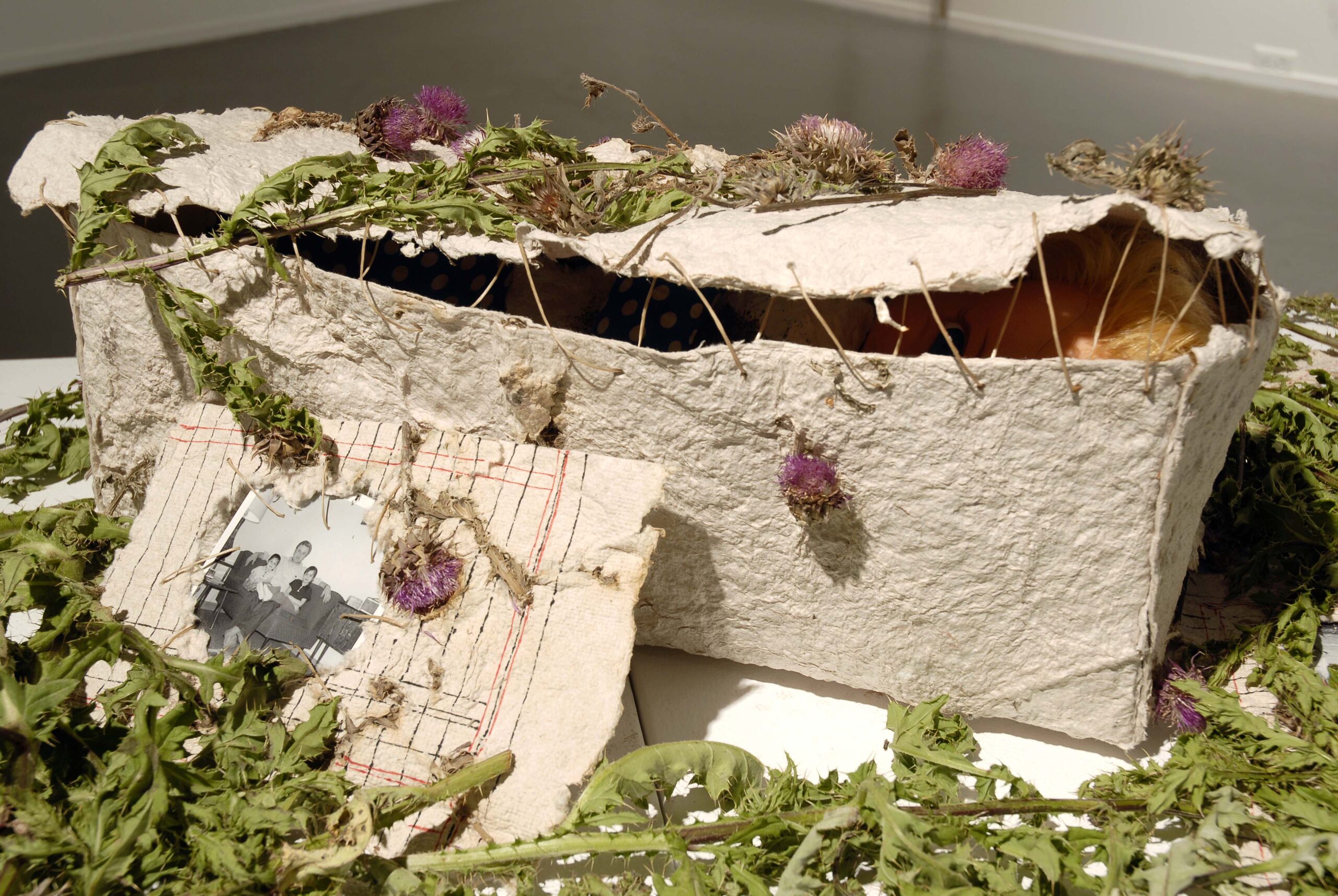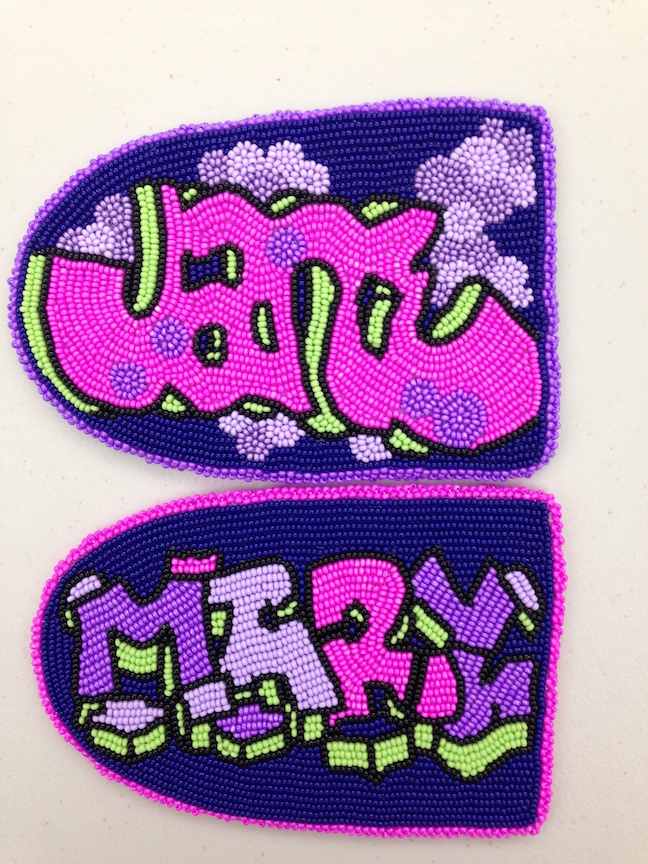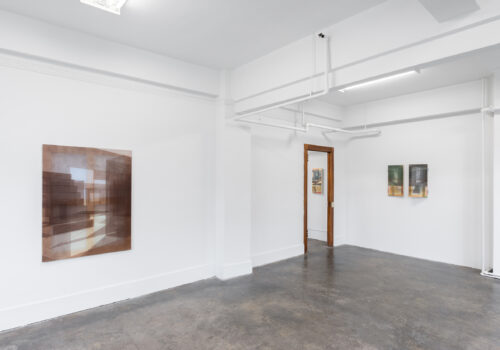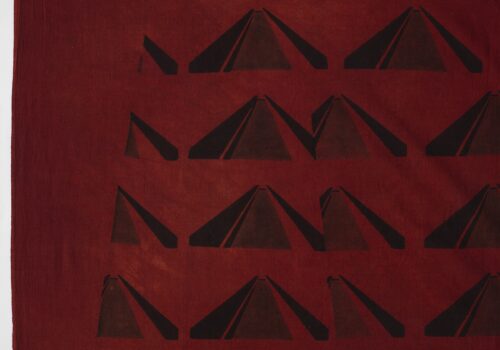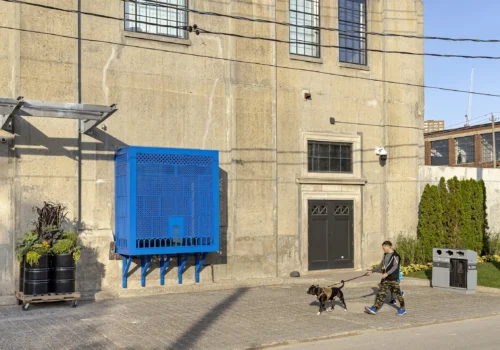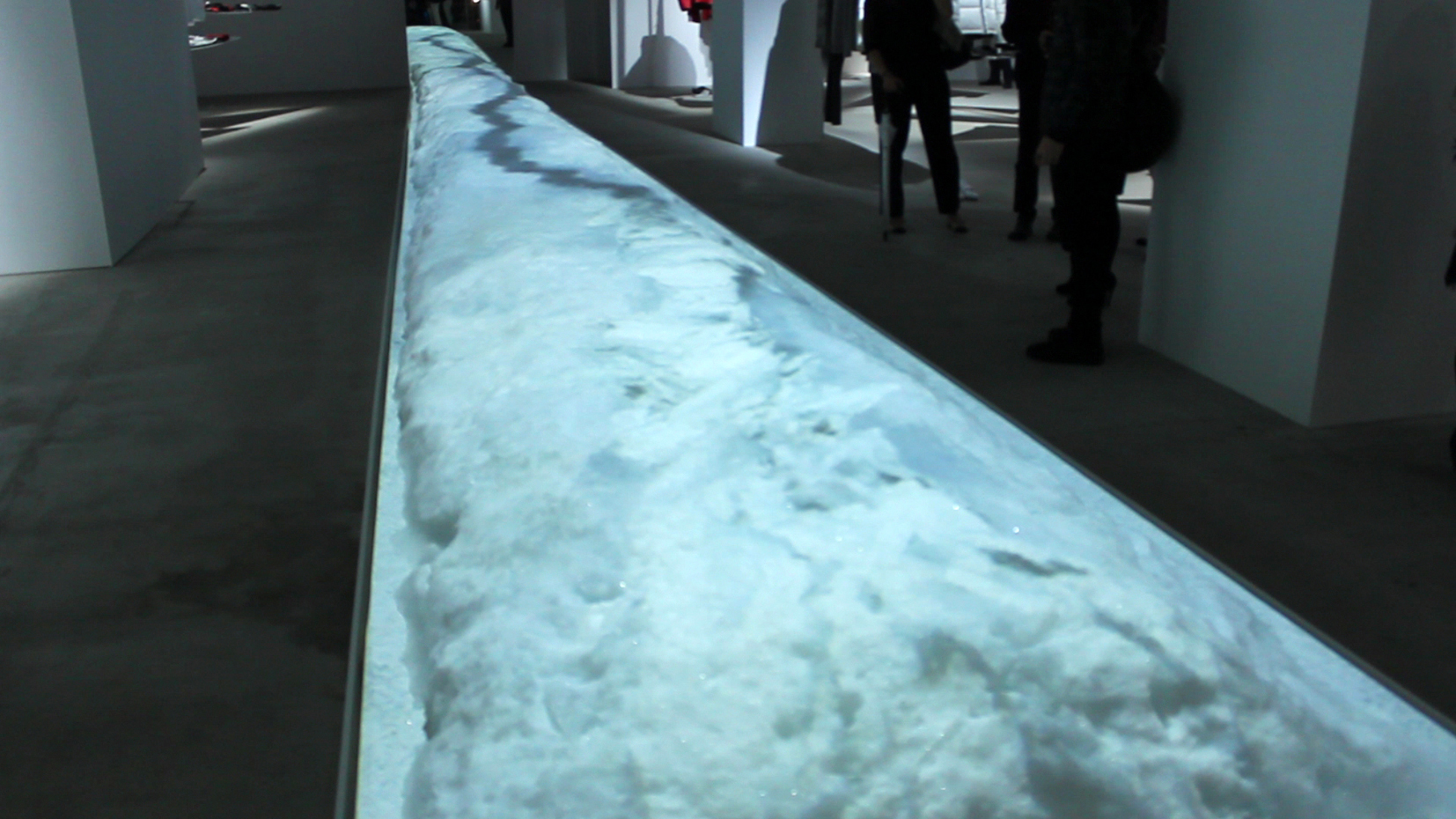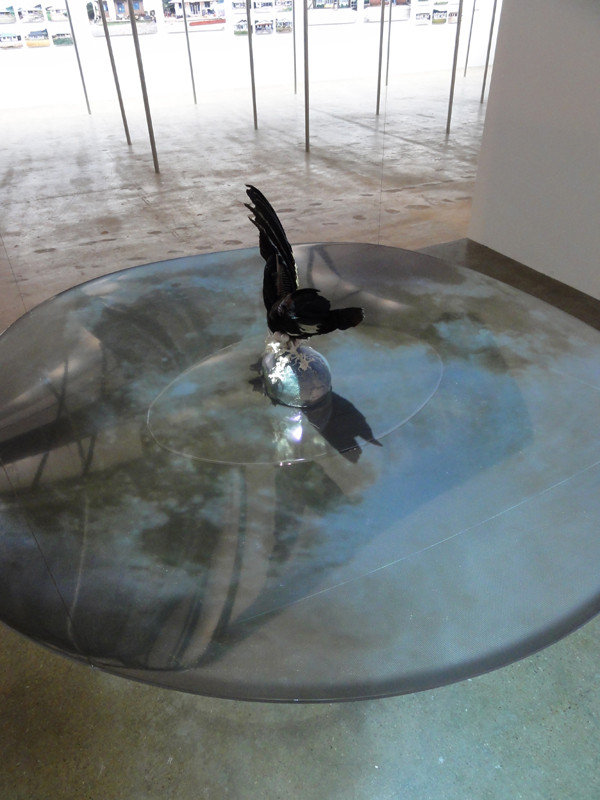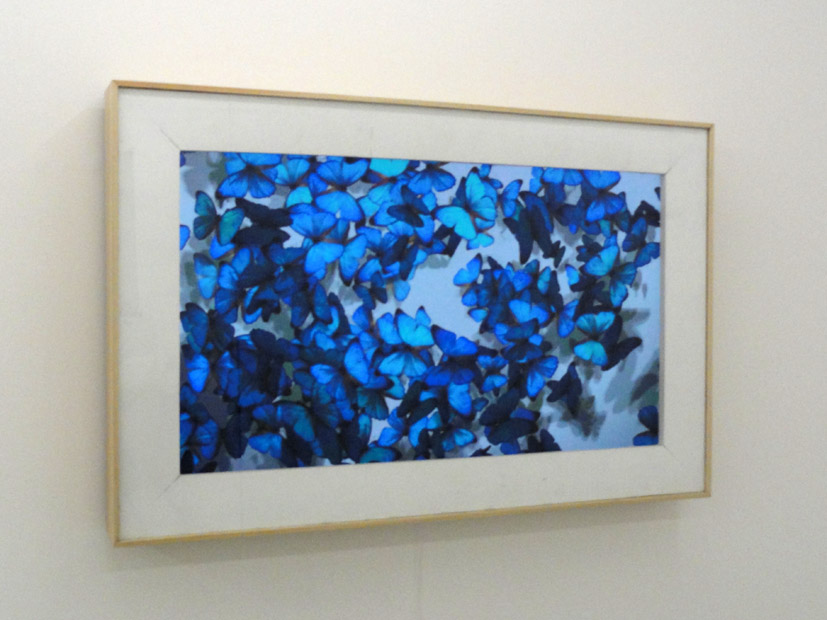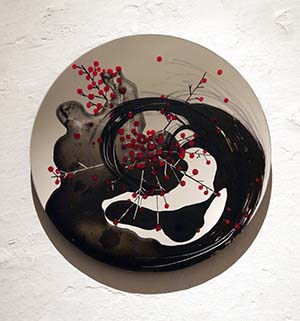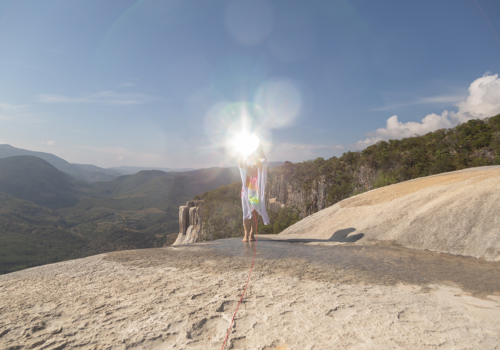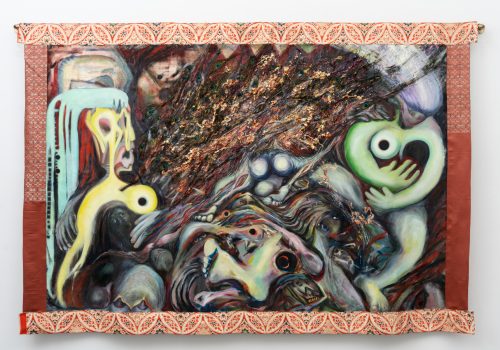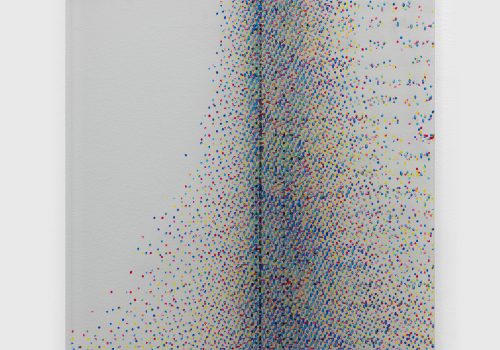Past Residents
Past Resident2016: Ministry of Culture, Taiwan
Yi-Kuan Lin
Yi-Kuan Lin’s artistic practice explores how individuals physically deal with the world. Her work features exquisitely detailed pen drawings on paper that depict muscles, organs, skin wrinkles, tree bark, leaf veins, and petal textures in a suffocating mass of forms. Her recent body of work documents the changing dynamic between the body and nature.
Yi-Kuan Lin (born Tainan, Taiwan, 1981) graduated from the Department of Art Education at National Hualien Teacher College, Taiwan, 2004. Her recent solo exhibitions include: The Thinking Tree in Meditation, Der-Horng Art Gallery, Tainan, 2015; Handscape, BF Gallery, Taipei, 2011; and Hand, Wu-Chi Art Studio/Blacksnail, Tainan, 2011.
Past Resident2016: Creative Saskatchewan, Mackenzie Art Gallery
Judy Anderson
By honoring Aboriginal and non-Aboriginal women, Judy Anderson provides spaces of exploration for experiences, sensibilities, thoughts, fears, and hopes, presented as female-based realities. The cultural act of honoring is at the core of Anderson’s recent series of work. Her multimedia approach creates interactions between sound components, beading, handmade paper, and found objects to reveal the complexities of personal relationships. Anderson’s Sole Project opens dialogue on the importance of honoring people and the many ways ceremonies can enrich the lives of both First Nation and non-First Nations people.
Judy Anderson is a Cree artist from the Gordon First Nation, SK whose practice includes beadwork, installation, handmade paper, painting, three-dimensional pieces, and, more recently, collaborative projects. Her work is deeply personal with a focus on issues of spirituality, family, graffiti and popular representations of Aboriginal people, all of which are created with the purpose of honoring the people in her life. She holds a BA and a BFA from the University of Saskatchewan and an MFA from the University of Regina. Anderson is a faculty member at the First Nations University of Canada and the University of Regina.
Events & Exhibitions
Spring Open Studios 2016
April 29–April 30, 2016
Residents from Canada
Past Resident2017: Bunka-cho - Agency for Cultural Affairs, Government of Japan
Maki Toshima
Maki Okamoto Toshima is a multimedia artist; her recent works are video installations. She is interested in questioning the relationships between imagination and corporeality produced by sensory experiences. Toshima’s work is partly inspired by Japanese animism from the prehistoric Jōmon period, exploring various states of transitional emotional being and ideas of memory and change.
Maki Okamoto Toshima (born 1979, Hyogo) is a Tokyo-based artist. She graduated with an MFA in Intermedia Art from the Tokyo University of the Arts, where she then started working as a research associate and lecturer. Toshima was the winner at the 1st Osaka Contemporary Art Competition in 2004; recipient of the Jury Recommended Works award at the 11th Japan Media Arts Festival; and awarded second place at the Kobe Biennale Grand Prix. Between 2007 and 2009, she worked as Eiko Ishioka’s personal assistant at the 2008 Beijing Olympics opening ceremony costume department. Toshima has taken part in numerous solo and group exhibitions in Japan and abroad, including the Gwangju Biennale, Korea, 2012.
